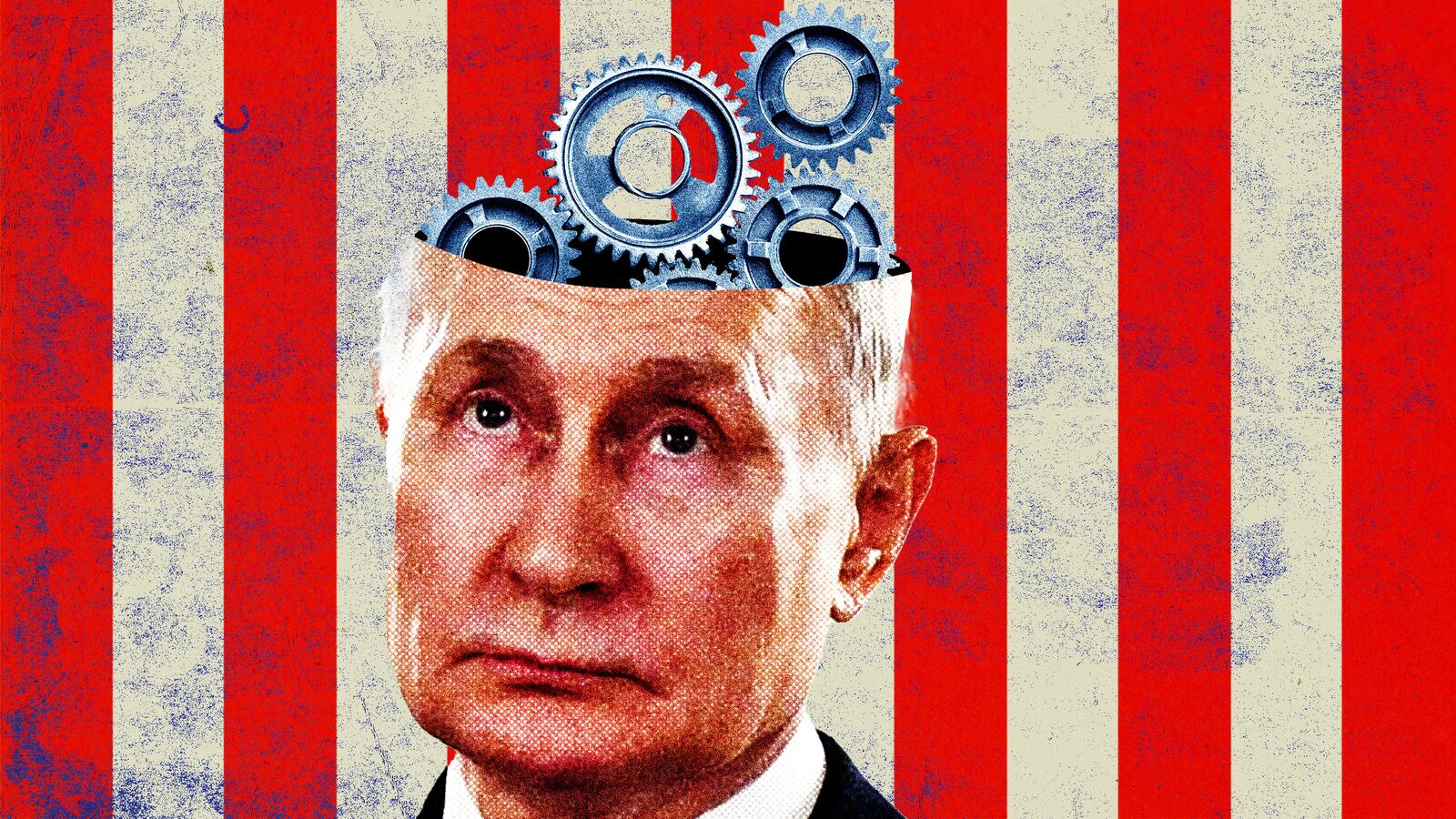Over two years into Russia’s invasion of Ukraine, President Putin’s aircraft still use U.S., Japanese, and European components. A forthcoming report from the Independent Anti-Corruption Commission, a Ukrainian think tank known as NAKO, found shocking evidence that components from hundreds of foreign companies are present in Russian military planes. Of those foreign-made components, over 60 percent came from American manufacturers such as Texas Instruments and Intel. The products themselves, such as circuit boards and semiconductors, sound mundane but are vital to aircraft manufacturing. Many are listed as “highest priority” by the U.S. Bureau of Industry and Security due to a “heightened risk of being diverted illegally to Russia because of their importance to Russia’s war efforts.”
Even amid sanctions and export controls, NAKO’s report found that Russia has increased its imports of western-made electronic components since 2021, in some cases by more than 500 percent. In 2023 alone, they found that Russia imported over $4 billion in components connected to aircraft manufacturing. These components make it possible for the Russian air force to maintain its role in Ukraine. NAKO has published numerous authoritative reports on components in Russian weapons.
The problem extends beyond Russia’s planes. Western components are found in Russian weapons such as drones and missiles, but Russia’s ability to maintain its aircraft and build new ones is a key part of its war effort. Russia enjoys a large advantage in airpower over Ukraine, which makes it hard for Kyiv to hold ground and even harder to reclaim it. Russia relies heavily on “glide bombs” launched from aircraft to pound Ukrainian positions.
The U.S. and other countries have made some efforts to stop the flow of components and technology to Russia. The Biden Administration implemented rules in 2021 requiring export licenses to ship a variety of components to Russia or Belarus. More restrictions have come into place since, such as new restrictions on Russian entities after the death of opposition politician Alexei Navalny in February 2024. However, many components key to Russia’s war effort are not regulated to the same extent. The U.K. and other countries have their own sets of restrictions, though what constitutes “dual use”—an item that is banned because it could be used for civil or military purposes—varies from country to country.
In the vast majority of cases, the manufacturers themselves are not aware that their components are heading to Russia. “TI strongly opposes the use of our chips in Russian military equipment and the illicit diversion of our products to Russia. We stopped selling products into Russia in February 2022. Any shipments of TI chips into Russia are illicit and unauthorized,” said a spokesman for Texas Instruments.
“TI invests significant time and resources to combat illicit diversion and is committed to continually evolving and improving our efforts. We have a dedicated team that actively and carefully monitors the sale and shipment of our products as part of our robust global trade compliance program.”
Intel told The Daily Beast: “We do not do business in Russia, and we operate in strict accordance with export laws, sanctions and regulations in the U.S. and every jurisdiction in which we operate. We hold our suppliers, customers and distributors accountable to these same standards. Intel is diligently working to track and mitigate the potential diversion of our products, including actively coordinating with non-governmental organizations, the U.S. and other governments to identify and stop this activity.”
The report notes an “alarming tendency for rapid and rather sudden growth of exports into the countries bordering the Russian Federation in Central Asia.” To get around restrictions and sanctions, a large number of intermediary companies in countries like Armenia, Kazakhstan, and Uzbekistan are buying components and moving them on to Russia.
China is another avenue by which Russia gets war material and “dual use” components originally made in the U.S. and elsewhere. Hong Kong in particular has emerged as a major hub for trans-shipping components to Russian companies, where entities likely supplied hundreds of millions of dollars’ worth of U.S. and European-made goods in 2023. The Financial Times reported last year that a U.K. company shipped equipment that included electronics from companies like Intel to Russia, though it’s unclear if those components ended up in Russian aircraft. Identifying specific firms engaged in illegal activity is no easy task for western companies that do business all over the world, and there are insufficient incentives and mechanisms by which companies can work with governments and civil societies to monitor their supply chains.
In addition to components inside the aircraft, the report also outlined Russia’s reliance on American and European machine tools to produce aircraft. In all, researchers identified machine tools from 52 companies based in countries like Japan, the U.S., and Italy and found that many of the smaller Russian companies that use these tools to support Russia’s aircraft production are not sanctioned to the same extent as the larger firms.
Stopping the flow of components and machine tools to Russia is no easy task. It requires a dedicated effort across multiple countries. Given the scale of the challenge, what can Western governments and companies do to halt the flow of components to Russia? The report recommends a few approaches. The most obvious are greater trade and manufacturing oversight, but other entities have a proactive role to play as well. NAKO argues that governments could create “mechanisms for information exchange with governments and civil society groups to better investigate existing illicit networks.” Doing so would make it more challenging for Russian companies to use shady intermediary companies to hide what they’re up to.
Even with stronger due diligence, Russia may never entirely lose access to some components. Many are already in Russia or in the hands of intermediaries in Hong Kong and elsewhere. However, making it more difficult to get components in large numbers and reducing the flow of components overall will impact Russia’s ability to manufacture, repair, and upgrade its aircraft and other weapons. If western governments put more resources into busting middlemen and controlling the true destination of spare parts, Russia could find itself relying on a dwindling stockpile of quality components.
The full report “Wings of War: Analysing the Western Parts in Russian Fighter Jets” is set for release at the end of May.






